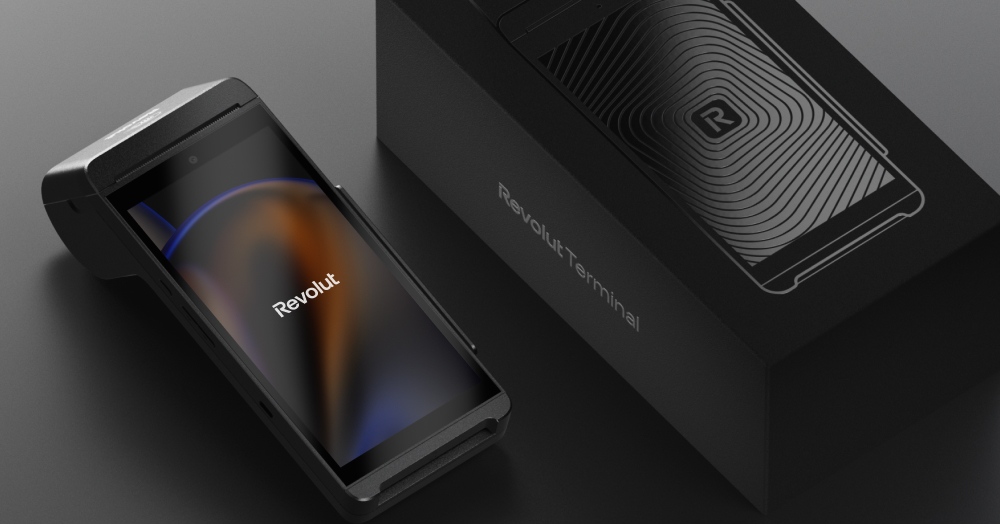SpaceX has reached historic milestone after performing the fifth unmanned test of its Starship rocket on Sunday, with the company catching a booster with a pair of giant mechanical arms on its return to the launch pad.
With the development of Starship, SpaceX aims to create a fully reusable spacecraft capable of carrying both crew and cargo to a variety of destinations, including Mars.
Around seven minutes after the launch of its latest trial, at the SpaceX base in Boca Chica, South Texas, the rocket re-entered the atmosphere, ignited its engines to slow down and landed on the launch tower from which it took off.
The "Super Heavy" booster lifted off at 7:25 a.m. CT (1225 GMT) and launched the spaceship into space, parting at an altitude of roughly 70 km.
During its descent, the booster slowed its speed as it headed for the launch tower, where two metal arms hooked it back up. The new catch-landing system represents the latest development in SpaceX’s test-to-failure capabilities.
The new landing method is one of the latest developments by SpaceX as part of its tests of a reusable rocket that can carry cargo and humans to the Moon, and eventually to Mars.
"The tower has caught the rocket!!" chief executive Elon Musk wrote on X after the mission was completed.
Images of the re-entry spread around on social media, where several people called it a historic event.
“Today a big step was taken towards multiplanetary life,” wrote Elon Musk on X.
Latest News
-
Universal Music Group partners with Nvidia to create antidote for 'AI slop’
-
East of England Co-op finalises test of digital shelf edge communication platform
-
Barclays makes strategic investment in Ubyx
-
XFusion hires Chinese investment bank in preparation for IPO
-
UK orders X to tackle Grok deepfake abuse as Ofcom steps in
-
Intel bets big on 18a with Panther Lake as rivals tout AI gains
The future-ready CFO: Driving strategic growth and innovation
This National Technology News webinar sponsored by Sage will explore how CFOs can leverage their unique blend of financial acumen, technological savvy, and strategic mindset to foster cross-functional collaboration and shape overall company direction. Attendees will gain insights into breaking down operational silos, aligning goals across departments like IT, operations, HR, and marketing, and utilising technology to enable real-time data sharing and visibility.
The corporate roadmap to payment excellence: Keeping pace with emerging trends to maximise growth opportunities
In today's rapidly evolving finance and accounting landscape, one of the biggest challenges organisations face is attracting and retaining top talent. As automation and AI revolutionise the profession, finance teams require new skillsets centred on analysis, collaboration, and strategic thinking to drive sustainable competitive advantage.
© 2019 Perspective Publishing Privacy & Cookies








Recent Stories